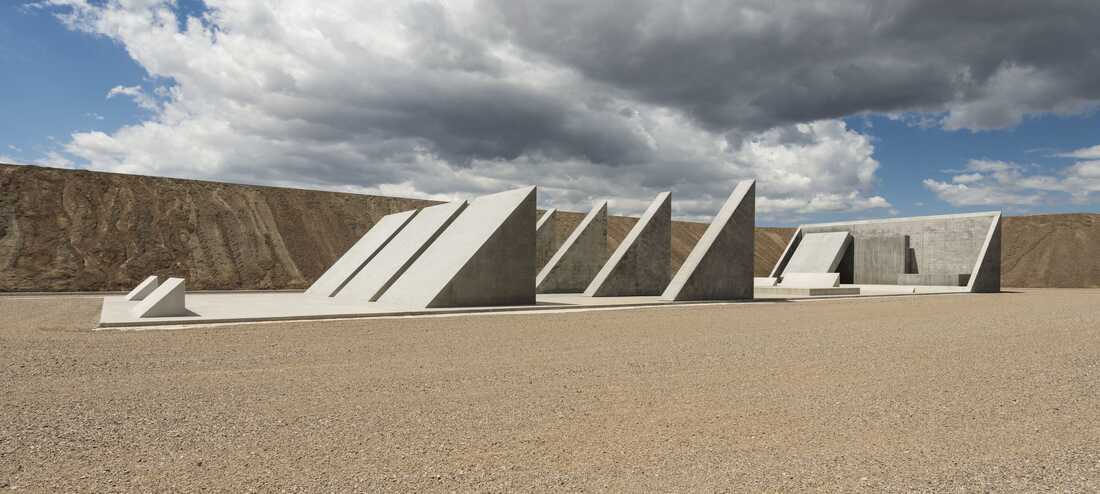
A view of a section of Michael Heizer’s City
Ben Blackwell/Triple Aught Foundation
hide caption
toggle caption
Ben Blackwell/Triple Aught Foundation
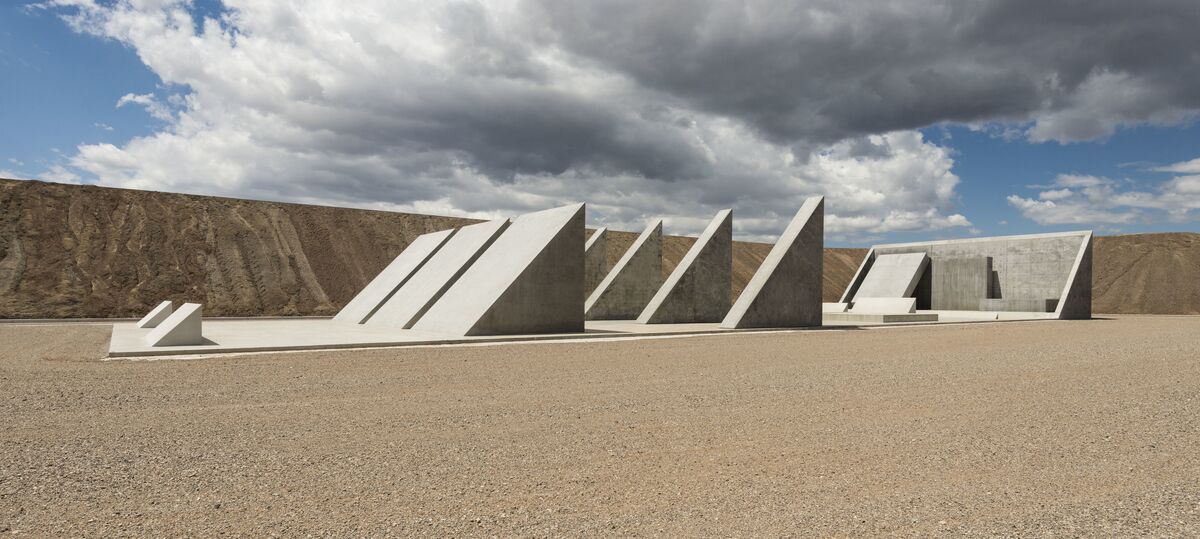
A view of a section of Michael Heizer’s City
Ben Blackwell/Triple Aught Foundation
Most people who visit Michael Heizer’s City start out in Las Vegas, a place dominated by the blaring sounds of slot machines, air conditioning, and the Bellagio Hotel and Casino’s famous fountains dancing in time to the songs of Celine Dion.
So it’s quite a shock, after a three-hour drive north, to find yourself in the middle of the baking Nevada desert, surrounded by absolute silence.
For more than five decades, American artist Michael Heizer has been working in this remote environment to complete a colossal art installation. Located at least a 90-minute drive from the nearest small town, and costing around $40 million (so far) in construction and maintenance costs, City is one of the largest artworks in the world. It recently opened to the public.
A city unlike any other
Heizer started work on City in 1970. The artist built his masterwork out of local rock and dirt, which he and a team of workers quarried over the years. The site is more than one-and-a-half miles long by a half-mile wide, and consists of clusters of low-slung, gravel-covered mounds, as well as imposing sculptures made of smooth concrete and rough stone separated by a network of rocky runways and winding, empty streets.

An aerial view of City.
Triple Aught Foundation
hide caption
toggle caption
Triple Aught Foundation
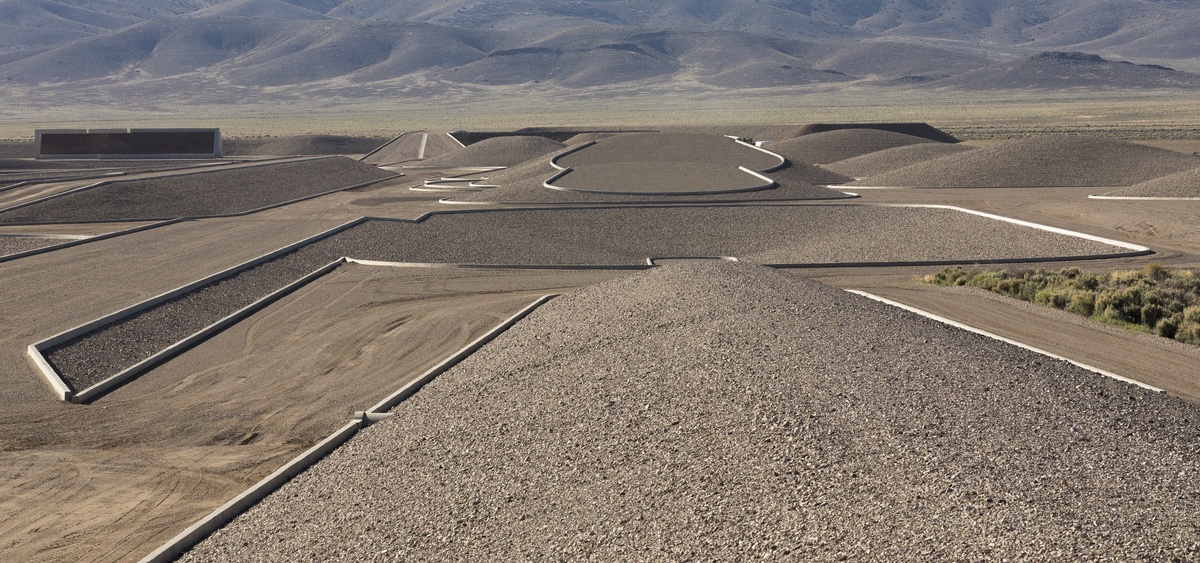
An aerial view of City.
Triple Aught Foundation
Some parts of City look like they’ve been there forever. There are dark, misshapen structures that look like gravestones in an ancient cemetery, and undulating hillocks reminiscent of indigenous shell mounds. And there are also concrete curbs like you’d find on any modern city street and futuristic-looking geometric sculptures.
It’s like a pre-Columbian Mayan settlement, a highway interchange in Las Vegas, and the desert planet Tatooine from Star Wars all rolled into one.
City isn’t like any other art experience on Earth. And as art experiences go, it’s unforgiving.
Only up to six people are allowed to visit the installation per day. There’s no welcome center, restroom, or shade from the relentless desert sun. There isn’t so much as a chair or bench to rest on.
There’s really nothing else to do except roam the seemingly-endless dirt pathways, get up close to the imposing architectural forms, and contemplate the effects of the changing light.
The artist and his vision
Michael Heizer was part of a wave of iconoclastic, mostly young, white men who turned their backs on the traditional gallery scene in the late 1960s and ’70s. Instead, Heizer (and fellow artists like Walter de Maria and Robert Smithson) used the wilderness of the American West as canvas and paint.

NPR reporter Chloe Veltman takes stock of the length of her shadow while wandering around City.
Chloe Veltman/NPR
hide caption
toggle caption
Chloe Veltman/NPR
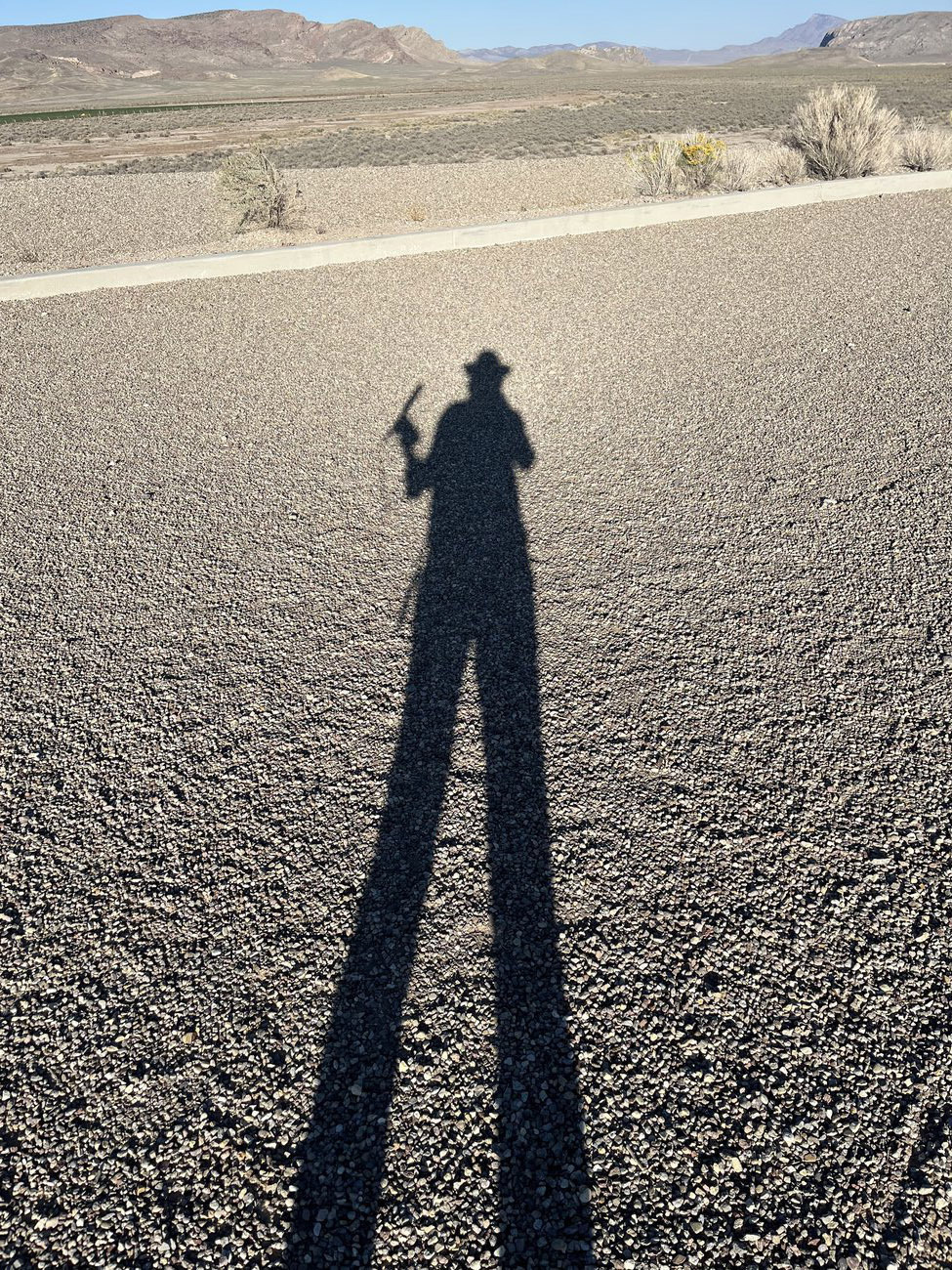
NPR reporter Chloe Veltman takes stock of the length of her shadow while wandering around City.
Chloe Veltman/NPR
Heizer became known for creating remote artworks that were so huge, they looked like they’d been put there by superhuman forces. He’s never been interested in explaining why he creates works on the land on such a large scale.
“You know, I’m not big on talking about art,” Heizer told NPR in 2012. More recently, he told The New York Times in August, “I am not here to tell people what it all means. You can figure it out for yourself.”
So to learn more about the artist and his installation, NPR turned to a man who knows them both pretty well.
“Mike Heizer doesn’t come for the opening party,” said Los Angeles County Museum of Art director Michael Govan. “He comes to make the work and to push definitions of what art is.”
Since the mid-1990s, Govan has been helping Heizer get City ready for the public.
“It was not the easiest thing to convince people to give money to move earth in the desert with no completion date and simply an artist’s vision,” Govan said.
Photography is forbidden at City. And Govan said the artwork doesn’t even photograph particularly well, even by drone. Audiences can only engage with the installation by being fully immersed in it.
“I think the world’s catching up to that idea of experience that Mike Heizer was already interested in, long ago,” Govan said.
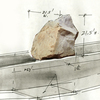
But there’s nothing Instagrammable about Heizer’s masterwork. Being there — even getting there — takes commitment.
And that’s the point.
“There’s no duplicate for this experience,” Govan said. “And after working here with Mike, it really is hard to go back to a museum with paintings and frames. It just doesn’t sometimes satisfy.”
Edited by: Jennifer Vanasco Produced by: Isabella Gomez Sarmiento
Stay connected with us on social media platform for instant update click here to join our Twitter, & Facebook
We are now on Telegram. Click here to join our channel (@TechiUpdate) and stay updated with the latest Technology headlines.
For all the latest Entertainment News Click Here
For the latest news and updates, follow us on Google News.
